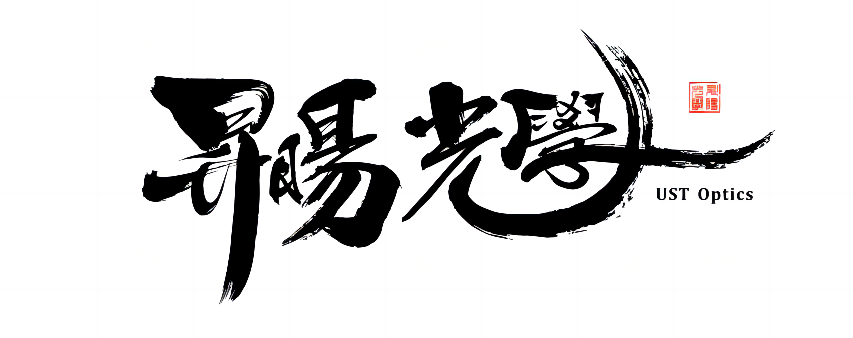


Breaking Japan's Monopoly and Achieving Breakthrough in China's Ultra Short Focus Projection Technology Patent
At the China High tech Product Fair on the 13th, Early Bird Information exclusively learned that Shenzhen Shengyang Optics has recently completed the verification of a complete set of patented technology for ultra short focus lens modules.
Its patented invention technology "reverse axis telephoto ultra short focus optical architecture" has achieved smaller volume, higher yield, and lower price in mass production of finished products, while maintaining the same quality as Japanese Ricoh ultra short focus lenses. This marks "starting from this year, all ultra short focus projection companies worldwide have a second choice in their lenses"
The emergence of ultra short focus technology
Projection, as a typical solution of optical projection technology, the closer the host is to the wall, the lower the loss during the light source projection process, significantly improve the brightness of the image, and save space for layout. Similarly, for products with 2000 amperes of lumens, the brightness of ultra short focus projection is about 30% higher than that of long focus projection. Whether it is modern home life or business education, achieving larger images over shorter distances has always been the pursuit of the projection industry.
In 2012, Ricoh launched a new patented technology projection product called "Built in Separation Reflective Ultra Short Focus Optics", which can project 80 inches of large images from a distance of 20cm, which was unimaginable at that time. At this point, Ricoh has also taken the opportunity to leap from behind the scenes research and development manufacturers to the forefront, officially announcing its entry into the consumer market, and quickly expanding into the short focus and high-end engineering fields in China. It has partnered with Digital China to launch a series of new products, monopolizing over 90% of the Chinese ultra short focus market in just three years.
In the field of projection, even if it is as strong as the listed company Guangfeng, when it landed on the Science and Technology Innovation Board in 2019, it was included in the important risk warning in the prospectus, indicating that Ricoh cannot supply normally due to factors such as price, business relations, and trade disputes between countries, which will bring important raw material procurement risks to Guangfeng's production and operation.

Its patented invention technology "reverse axis telephoto ultra short focus optical architecture" has achieved smaller volume, higher yield, and lower price in mass production of finished products, while maintaining the same quality as Japanese Ricoh ultra short focus lenses. This marks "starting from this year, all ultra short focus projection companies worldwide have a second choice in their lenses"
The emergence of ultra short focus technology
Projection, as a typical solution of optical projection technology, the closer the host is to the wall, the lower the loss during the light source projection process, significantly improve the brightness of the image, and save space for layout. Similarly, for products with 2000 amperes of lumens, the brightness of ultra short focus projection is about 30% higher than that of long focus projection. Whether it is modern home life or business education, achieving larger images over shorter distances has always been the pursuit of the projection industry.
In 2012, Ricoh launched a new patented technology projection product called "Built in Separation Reflective Ultra Short Focus Optics", which can project 80 inches of large images from a distance of 20cm, which was unimaginable at that time. At this point, Ricoh has also taken the opportunity to leap from behind the scenes research and development manufacturers to the forefront, officially announcing its entry into the consumer market, and quickly expanding into the short focus and high-end engineering fields in China. It has partnered with Digital China to launch a series of new products, monopolizing over 90% of the Chinese ultra short focus market in just three years.
In the field of projection, even if it is as strong as the listed company Guangfeng, when it landed on the Science and Technology Innovation Board in 2019, it was included in the important risk warning in the prospectus, indicating that Ricoh cannot supply normally due to factors such as price, business relations, and trade disputes between countries, which will bring important raw material procurement risks to Guangfeng's production and operation.

The on-site staff introduced to Morning Bird Information that the ultra short focus lens of Shengyang Optics is not only a breakthrough in Ricoh technology, but also allows terminal brands to have diverse possibilities in overall design, giving domestic brands more bargaining power. Let laser TVs, the new toy of the wealthy, also accelerate their entry into ordinary households.
The currently smallest and lightest ultra short focus lens in the world, showcased by Shengyang Optics at the High tech Fair, measures 34.7 * 65.7 * 90.5mm in size and is only the size of a palm. It uses a 0.23-inch chip from Texas Instruments and has won the championship in the 5G industry finals of the Shenzhen Entrepreneurship Star Competition. It is reported that multiple capital and well-known downstream terminal brands are currently in close contact with Shengyang Optics, hoping to test the lens. The terminal products equipped with this lens will be unveiled early next year.